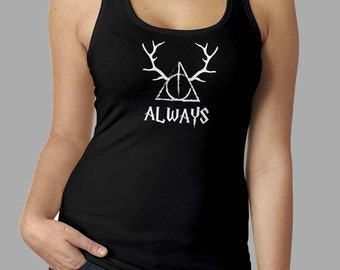


Although supported by the Navy and RAF, they remained hopelessly outnumbered and outgunned. Handicapped by contradictory orders and facing massively superior forces, the British troops nevertheless succeeded in holding off the German advance.īy the next day, British troops in Calais had been joined by some French and Belgian volunteers. That same day, 23 May, Calais was attacked by the 1st and 10th Panzer divisions. Around 300 Welsh Guards remained, holding out for another 36 hours until they ran out of ammunition and surrendered. On 22 May, elements of the 20th Guards Brigade arrived at Boulogne from training camps in Surrey, just in time to defend against the huge firepower of the 2nd Panzer Division until the following evening, when the order was given to evacuate all troops onto Royal Navy warships. However, Calais and Boulogne needed to be defended in order to delay the German advance and give the BEF time to evacuate. In the event, the speed of the German advance meant that only Dunkirk was a realistic evacuation point. The British Expeditionary Force (BEF) was in heavy retreat and planned evacuations from Calais, Boulogne and Dunkirk. Towards the end of May 1940, the German Army was sweeping through France towards the coast. Have greatest admiration for your splendid stand.' - Anthony Eden, Secretary of State for War, to Brigadier Nicholson, Commander of the Calais Garrison The government has therefore decided you must continue to fight. 'Every hour you continue to exist is of the greatest help to the BEF. Outcome: The spirited Allied defence of these two ports saw heavy casualties on each side, but slowed the German advance towards Dunkirk, thereby aiding the evacuation of Allied troops. Germans in Calais: 1st and 10th Panzer Divisions. Germans in Bolougne: 2nd Panzer Division. Fact File : Battle for Calais and BoulogneĪllies in Boulogne: principally 2nd Battalion, Irish Guards 2nd Battalion, Welsh Guards 275 Battery, 69th Battalion, Anti-Tank Regiment.Īllies in Calais: 3rd Battalion, Royal Tank Regiment 2nd Battalion, King's Royal Rifle Corps (Green Jackets) 1st Battalion, The Rifle Brigade, Queen Victoria's Rifles.


 0 kommentar(er)
0 kommentar(er)
